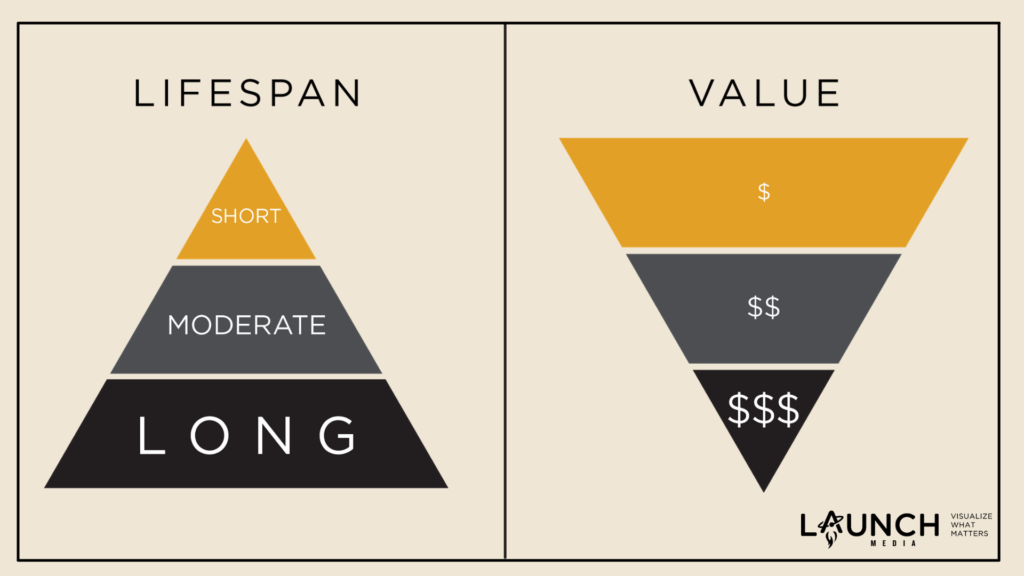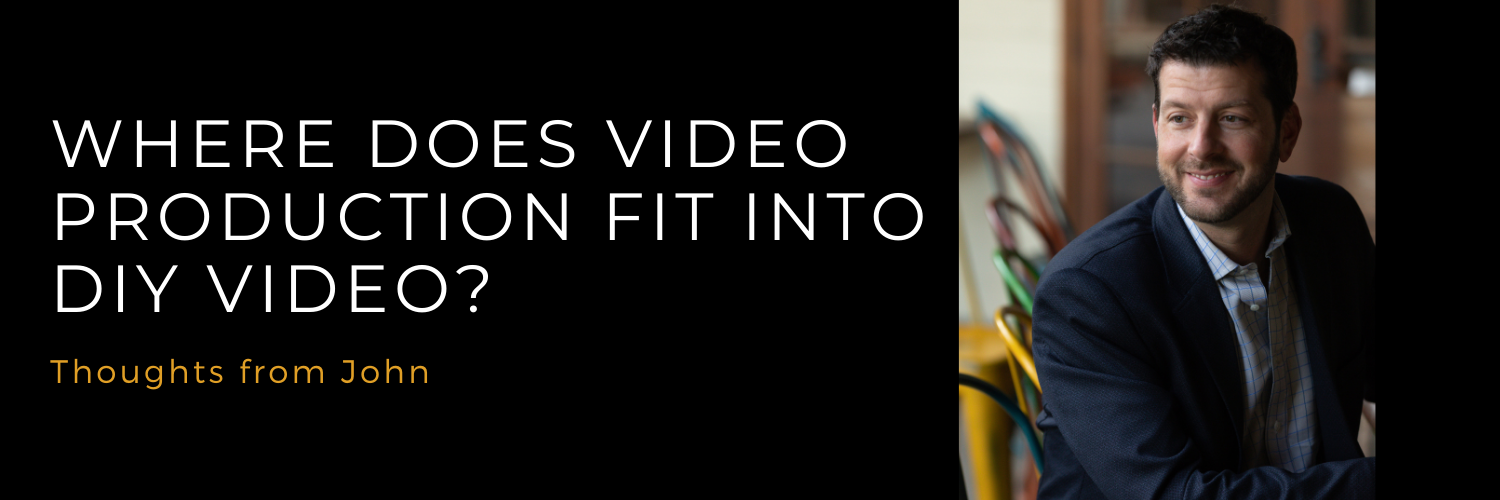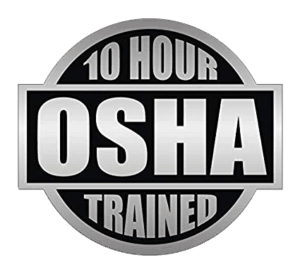Sixteen years ago, we launched GreenScreenTV, a company that focused on commoditizing video content. We did this by creating video packages using a Good, Better, Best business model. For a price that would fit into our clients’ budgets, our company would create a video for them. Customers would select from a list of different services and boom, here’s a video. For several reasons, that business model did not work for us. Our clients needed specialized services that existed outside of those packages and the iPhone had just dropped. We made a big adjustment, just as any business or industry has been asked to do, especially over the last year. Over the years video production, specifically, has had to consistently be proactive in order to remain relevant and competitive.
Beginning in the mid-2000s, with the increased accessibility to smartphones and software like iMovie, video production has been placed in the hands of consumers. From the silly home videos that spawned a popular television show to short, candid videos on nearly every social media platform, DIY videos have only grown in popularity. Consider the popularity of TikTok: millions of users around the world are able to record themselves, add audio, and create these 15-second videos in their homes with their iPhones. A little bit of creativity and a phone with a decent quality camera made way for DIY videos that anyone can make, even someone who doesn’t have formal videography training. Those videos are only getting better.
To me, DIY video exists at the intersection of new technology and tools AND the consistent demand for new content. As the demand grows stronger, content creators are looking for tools to make content creation more affordable. The pandemic amplified this need, forcing businesses to create in-house (literally!) when they couldn’t use traditional avenues, like a production company or ad agency. What’s great is that any person with a decent set of skills can create something impactful.
What’s next?
As a business, honestly, we need to be supportive and embrace this change. So what can we, as a business and an industry, do to once again stay relevant and competitive? We can teach clients to use resources to produce the content they need, at the frequency they need it, and at the cost they need it to be. By cultivating that relationship, we can be there to support when there’s a need for more complex or the need for greater production quality adding like talent, messaging, animations, or extensive design. We’ll be launching a video coaching series soon to better reach those who are interested in more technical in-house production. Stay tuned for that!
To see how DIY video can best work within your content strategy it’s important to understand how content and production value rely on one another. For all the visual folks, here’s a graph.

Content like Instagram reels and TikTok videos have a short lifespan but require high posting frequency. This is the perfect place for DIY videos to benefit your content strategy. For that content, production costs are low compared to the projects we tend to create. In addition to supporting your DIY efforts via training and support our company aims to live in the moderate-to-long section of the lifespan pyramid and at the mid to high level of value.
For anyone with hesitancy about the future, consider this: every three or so years, we’ve had to change. Technology is consistently changing and there will always be something new on the horizon. Today, it’s a DIY video, tomorrow, it’s AI. Lean into the changes and be prepared to rise to meet each new trend.









